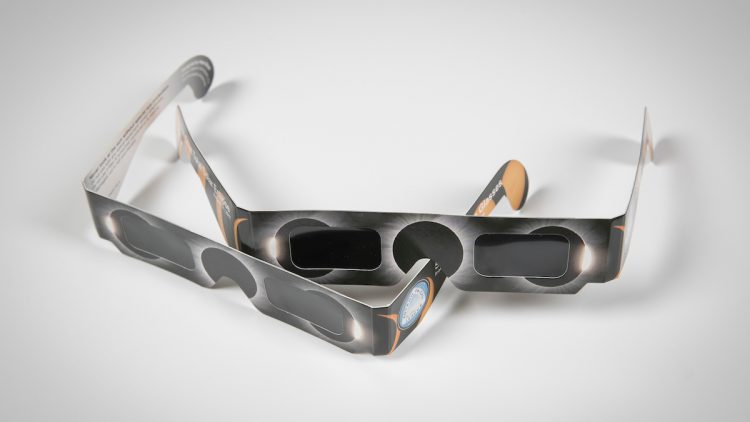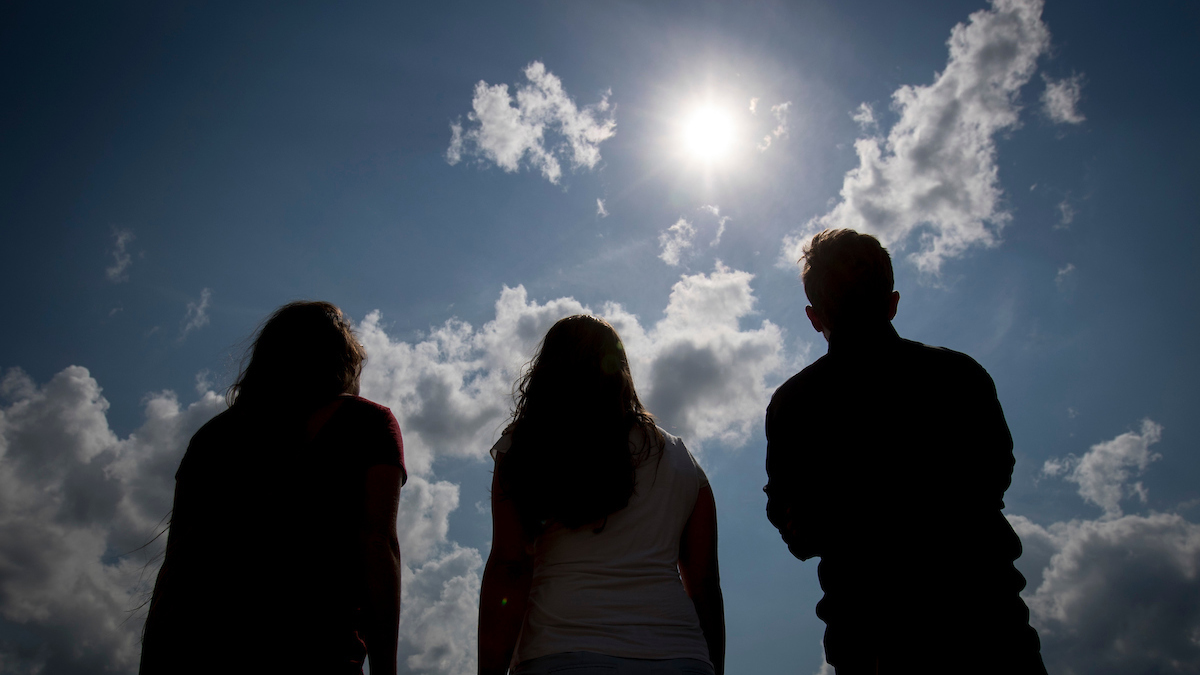On Aug. 21, the sky will go mostly dark. Animals will think the day is over. Flowers will curl up for the night. The temperature could drop up to 15 degrees. Thousands of people will be at Missouri State University Plaster Stadium to experience a unique phenomenon. You should be one of them.
About the event
All of this is due to the total solar eclipse. A solar eclipse occurs when the moon goes between the Earth and the sun. Sometimes the angle is wrong, and we get partial eclipses. That is when the moon doesn’t fully cover the sun. This will be the first total solar eclipse in the United States in 38 years.
Though Springfield will only see 96 percent totality, that’s still an A-plus view.
The College of Natural and Applied Sciences (CNAS) will host a free, family-friendly viewing event from 10 a.m.-2 p.m.
The first 11,000 people will receive free solar glasses to watch the eclipse safely, without hurting your eyes.
Without the protective glasses, “the eye will focus the light from the sun on the back of the eye (retina) and do some major damage,” said Becky Baker, senior instructor of astronomy.
The solar glasses protect against ultraviolet (UV) and visible light. The UV light is what will hurt your eyes. Sunglasses only protect against some visible light and glare. Even sunglasses with UV light protection are not strong enough to prevent eye damage.
Hydration stations will be on the football field, so attendees should bring water bottles to stay hydrated. Concessions will be open with solar-themed snacks.

Parking
Parking for the event is at Hammons Field (955 E. Trafficway). Shuttle service will be provided to the event.
Schedule
10 a.m. – 2:10 p.m.: Plaster Stadium opens with activities, such as the astronaut reflexes, spacecraft communications, lunar craters and displays
11:35 a.m. – 12:20 p.m.: The event starts with President Clif Smart and CNAS Dean Dr. Tammy Jahnke speaking. During this time, there will be a moon walk demonstration and a zombie dance.
11:44 a.m.: The total solar eclipse begins as the moon first starts across the disk of the sun.
1:13 p.m.: Maximum coverage of the sun.
“It is a chance to experience an event of cosmic proportion,” added Baker. “Come out and celebrate what is happening in the sky, learn some science and have fun.”
For more information, contact Baker at 417-836-5780.

